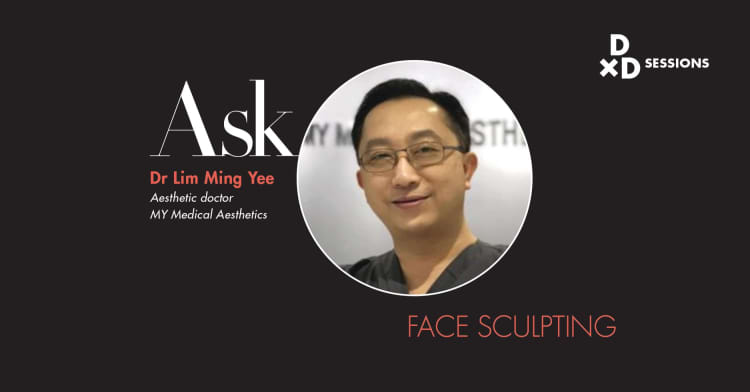Hi there,
HIFU stands for High Intensity Focused Ultrasound and is a technology whereby ultrasonic waves are used at specific a specific power and depth to incite controlled injury and inflammation to tissue. Its specific use in aesthetics is for collagen formation stimulation in the fascial layers of the face and body, creating a lift in the fascial layer. This is how a non-surgical face-lifting effect occurs. A secondary effect has been reduction of fat, due partly to the lift effect and partly due to fat cell destruction. This is usually more obvious in thinner patients. However, HIFU is not specifically used to reduce fat, and is not predictable for this purpose.
Hope this helps!
Dr Adrian Ooi
Consultant Plastic Surgeon
Polaris Plastic & Reconstructive Surgery
Illumia Medical





